Mystery, Passion, and Piano Lessons
November 22nd, 2016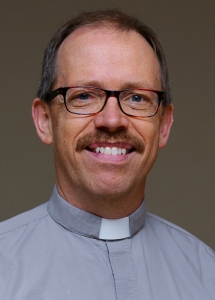 By Rev. John Hulden, Assistant to the Bishop
By Rev. John Hulden, Assistant to the Bishop
I took piano lessons from my dear, dear Mother. Besides being the church organist/soloist/choir director in many of my dad’s parishes, my Mom also had many piano students. I’m sure I was her worst student. I never practiced. Ever.
My guess … by the time she got me to take out the garbage, clean my room, and put away the clean dishes, I totally ignored her calls for me to practice piano. But my Mom is brilliant. She bought me easy-to-play pop music. So yes, I mastered — all on my own, I thought — the “easy” arrangement of “Classical Gas”. (Here’s the original)
On our piano, besides sheet music, a copy of the red hymnal (the ol’ SBH) always sat opened. Evidently bored with “easy” pop music, I paged through the hymns. I got to #129. There it was, a short and easy-to-play hymn: “Spirit of God, descend upon my heart.” (It was in the key of “C” … with really simple chords!)
I mastered SBH #129.
And my young self, became intrigued with the words……..enchanted even.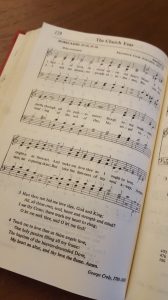
Spirit of God, descend upon my heart;
Wean it from earth, through all its pulses move;
Stoop to my weakness, mighty as thou art,
And make me love thee as I ought to love.
This was not how I talked as a ten-year-old. This was, well, poetry…
I ask no dream, no prophet ecstasies,
No sudden rending of the veil of clay,
No angel visitant, no opening skies;
But take the dimness of my soul away.
IN THESE LAST FEW YEARS of going to worship more than leading worship, I’ve grown to appreciate two things. (And I really enjoy visiting congregations for worship in our Minneapolis Area Synod!) I crave passion and mystery in worship.
Worship is central. As worship leaders, we need to care deeply about what we are doing “up there” — and it is a beautiful thing when that passion shows. And of course, we don’t have all the answers. There is no perfect worship service. God is there. We, the people, doing the work of the people, that is, liturgy, are there. And it is a beautiful thing when there is space and time for mystery.
On our piano, besides sheet music, a copy of the red hymnal (the ol’ SBH) always sat opened.
I invite you to pay attention to the words that go along with our music. I’m hoping that, even as the dark days of winter get even darker in the weeks ahead, maybe a little poetry will … take the dimness of my soul away.
P.S. Thanks Mom!


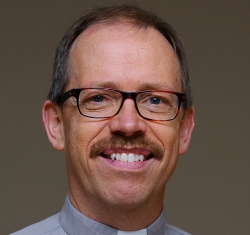
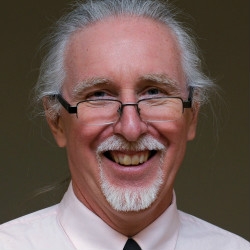
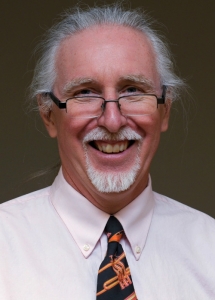 As I opened the over-sized cardboard box, I first noticed an ancient-looking coloring book page with pastel markings of a bunny and an egg. But the next level of excavation in this container my aunt had dutifully kept for decades yielded an advertisement carefully cut out of a magazine when I was likely still in single digits.
As I opened the over-sized cardboard box, I first noticed an ancient-looking coloring book page with pastel markings of a bunny and an egg. But the next level of excavation in this container my aunt had dutifully kept for decades yielded an advertisement carefully cut out of a magazine when I was likely still in single digits.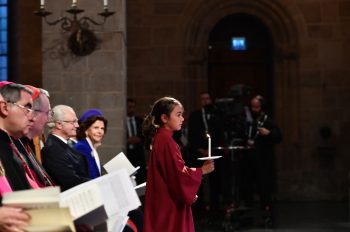 door, I found myself sitting in a classroom at Luther Seminary, watching the live video feed from Lund, Sweden, of Bishop Munib Younan, the president of the Lutheran World Federation and the bishop of the Evangelical Lutheran Church of Jordan and the Holy Land, and the Bishop of Rome, also known as Pope Francis, sign a joint declaration pledging to improve relations through on-going dialogue and to be agents of healing throughout God’s created order.
door, I found myself sitting in a classroom at Luther Seminary, watching the live video feed from Lund, Sweden, of Bishop Munib Younan, the president of the Lutheran World Federation and the bishop of the Evangelical Lutheran Church of Jordan and the Holy Land, and the Bishop of Rome, also known as Pope Francis, sign a joint declaration pledging to improve relations through on-going dialogue and to be agents of healing throughout God’s created order.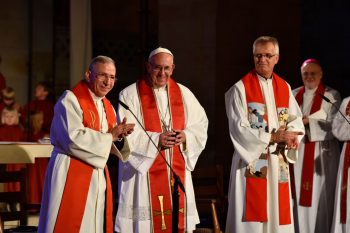
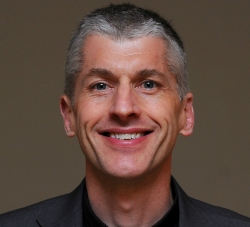
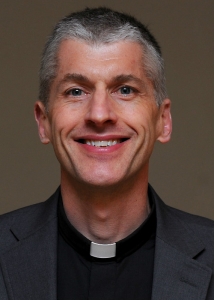 p
p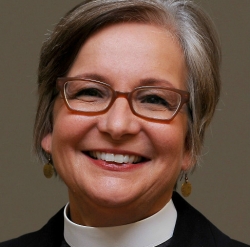
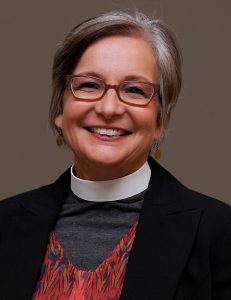
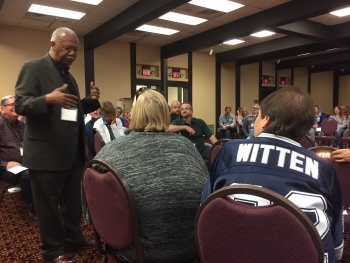 Jesus showed real presence by being a curious listener. He would ask questions, listen to answers, and then respond. But his response was normally based on transforming the assumed paradigm from a presenting issue to the deeper problem. He challenged the assumptions, often embarrassing the powers that be through questions with no good answers. Cornered, the leaders often had to measure their response carefully.
Jesus showed real presence by being a curious listener. He would ask questions, listen to answers, and then respond. But his response was normally based on transforming the assumed paradigm from a presenting issue to the deeper problem. He challenged the assumptions, often embarrassing the powers that be through questions with no good answers. Cornered, the leaders often had to measure their response carefully.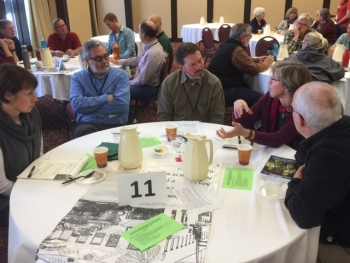 But, I don’t think she was willing to hear the way Jesus hears – diving into the deeper waters. He challenged the assumptions, so we can too. He found systemic solutions to structural problems so that marginalized people could participate fully and with dignity in civil society, so we can too.
But, I don’t think she was willing to hear the way Jesus hears – diving into the deeper waters. He challenged the assumptions, so we can too. He found systemic solutions to structural problems so that marginalized people could participate fully and with dignity in civil society, so we can too. JUST THIS MORNING, the synod hosted a Staff Appreciation event. A bunch of church staff folks from Minneapolis Area Synod congregations showed up to be thanked for their ministry. There were really cool door prizes, a great Bible Study by Pr. Catherine Malotky, time for prayer and support, … and Lutheran swag (a gift bag). Who knows, maybe a few new peer groups will get started! (Our MÁS Peer Group Leadership Team hosted the event.)
JUST THIS MORNING, the synod hosted a Staff Appreciation event. A bunch of church staff folks from Minneapolis Area Synod congregations showed up to be thanked for their ministry. There were really cool door prizes, a great Bible Study by Pr. Catherine Malotky, time for prayer and support, … and Lutheran swag (a gift bag). Who knows, maybe a few new peer groups will get started! (Our MÁS Peer Group Leadership Team hosted the event.) Bob Hulteen, Director of Communications and Stewardship
Bob Hulteen, Director of Communications and Stewardship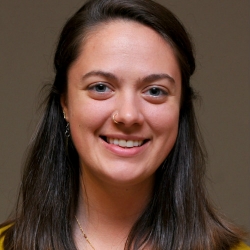
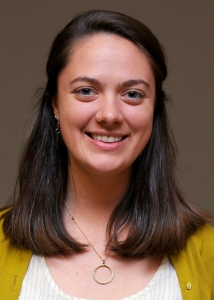 By Emilie Bouvier, Congregational Organizer for Environmental Justice
By Emilie Bouvier, Congregational Organizer for Environmental Justice Growing up listening to Joni Mitchell songs, whenever I think of the heavy use of pesticides and herbicides, this line immediately comes to mind: “Give me spots on my apples, but leave me the birds and the bees, PLEE-EE-EE-EEESE!”
Growing up listening to Joni Mitchell songs, whenever I think of the heavy use of pesticides and herbicides, this line immediately comes to mind: “Give me spots on my apples, but leave me the birds and the bees, PLEE-EE-EE-EEESE!”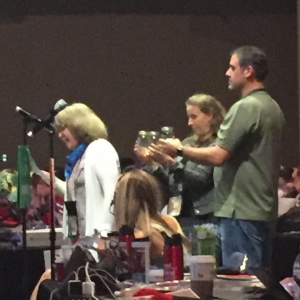 AT THE ELCA Churchwide Assembly, representatives of the Minneapolis Area Synod brought forward the same resolution that was passed at its own synod assembly this past spring – encouraging congregations to know their watershed address, to be aware of where their water comes from and where it flows to. It’s a call to better understand and steward this resource that we rely on for life – that also flows through our scriptural narratives and over our heads in baptism, marking us as beloved children of God.
AT THE ELCA Churchwide Assembly, representatives of the Minneapolis Area Synod brought forward the same resolution that was passed at its own synod assembly this past spring – encouraging congregations to know their watershed address, to be aware of where their water comes from and where it flows to. It’s a call to better understand and steward this resource that we rely on for life – that also flows through our scriptural narratives and over our heads in baptism, marking us as beloved children of God.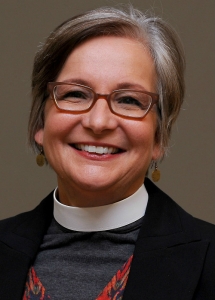 By Rev. Deb Stehlin, Director of Evangelical Mission
By Rev. Deb Stehlin, Director of Evangelical Mission